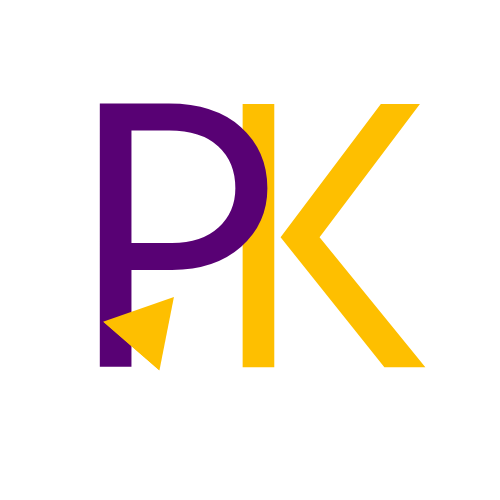In this blog, I share my experience from one such consulting project on Lead Generation using Meta for increasing store footfall and sales (for 50 stores across India for an apparel brand).
Read Time: 5 mins
We will be diving into strategies and insights to not just increase lead volume but amplify the quality of your leads. Let's explore how this shift can propel your brand to new heights.
Understanding Your Ideal Customer Profile and Segments
Defining your ideal customer persona: It's not just about who they are but understanding what truly drives them. However, the job doesn’t end here, we need to create segments and target relevant niches.
For example, the festive season in India starts in September with Ganesh Puja and Durga Puja and ends in November with Diwali. Through these 3 months, we had many regional festivals like Onam, Teej, Puja (with Garba/ Dandiya in the West and Durga Puja in the East), Varmalakshmi, etc.
Different festivals and regions have different shopping behaviours, hence it was imperative that we segregate the audience and target with correct messaging.
For a fashion brand, even the products (apparel design) change with regions. In marketing, we usually say there are many small Indias in India and we need to create a strategy for each of them.
With this strategy, we ended up creating separate campaigns for not just metro cities & tier 1 & 2 cities, but even tier 3 & 4 cities like Hubli, etc. And they did work, we were able to achieve sales from all of these campaigns.
Crafting Compelling Content for Segmented Engagement
I don’t need to repeat that the message has to be aligned with the brand story and should target the pain point of the target or should talk about the situation like festivals.
What’s crucial is - Tailoring creative & content for your segments.
In our case, we selected the products (for the creative) based on the region, and price point the region is comfortable with. The client even did shoots for each festival and region. The captions of our ads and tagline on the creative were also unique for each city.
Just to give you an example, for Bangalore we created ads focused on Price-sensitive customers, cosmopolitan customers and regional festivals.
Similarly, for Pujo in Kolkata, we had - A Normal Pujo Ad featuring High-value products and a Price-sensitive Ad. Whereas for Assam - A Price sensitive ad featuring mid-value products.
Implementing Advanced Lead Scoring Techniques
Use user engagement patterns and data to score your leads. These include - average time spent on the website, number of sessions, frequency of ads, number of calls made to the customer, etc.
It is important to understand how many interactions are required by the customer. And each interaction should ensure we provide the customer with exactly what they are looking for.
Leveraging Marketing Automation for Personalised Interactions
The role of automation in nurturing leads: When filling the lead form on Meta, we used to capture the City & Preferred Store for visits. This ensured that the customer got the call from the relevant store and in many regions it also ensured that the agent who made the call knew the regional language.
Along with the calls, we used to send unique coupon codes over email to each customer. Which also helped us with tracking.
Our next step is to segregate the captured leads into different segments and run automation to ensure they convert in future.
Collaborating with Stores and Customer Relationship Officers (CROs) for Continuous Feedback
Aligning marketing and sales efforts: A collaborative approach to lead quality.
Insights from the stores: Regular interaction with the store CROs helped us get subjective feedback on the leads which ensured that we made relevant tweaks to the campaign to improve the quality.
Metrics to be measured for Lead generation which also helps with checking the quality of leads
Apart from the usual metrics like impressions, reach, clicks, frequency, CPM, CPC, CTR, ROAS, AOV, etc. we need to measure a few metrics that are specific to Lead Generation
- Form Fill Rate – Leads/ Impressions
- Lead Rate – Leads/ Clicks
- Cost per Lead
- Footfall
- Footfall to Lead Ratio
- Cost per Footfall
- Conversion Rate – Conversions (orders)/ Leads
- Conversion Rate on Footfall - Conversions (orders)/ Footfall
Conclusion
We can clearly see that most of the key metrics like Conversion rate, and footfall rate will be impacted by the quality of leads. Hence it is very important to keep tracking these metrics and running small experiments to improve the quality of leads.
Start small, experiment, and watch the transformation unfold. Quality leads aren't just prospects; they're the lifeblood of your brand's success.
Thank you for reading, I hope this piece of knowledge helped you in some way! Please do share your feedback.

